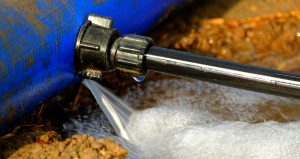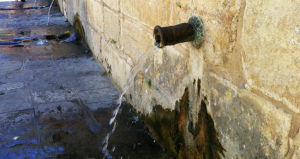List ECHA excludes unsafe substances contacting drinking water

- 17 January 2020
-
Editorial Team
Share article:
The European Chemicals Agency (ECHA) starts with a list of substances that can be safely used in materials that come into contact with drinking water. ‘The aim is to improve consumer protection and ensure equal safety standards for industry’, announced ECHA the 14th of January on their website. In the future only substances on this list are allowed to be used.
The new Drinking Water Directive includes detailed hygienic requirements for materials in contact with drinking water. It gives ECHA a key role to ensure that only safe substances can be used in pipes and taps in contact with water. This harmonisation will facilitate the smooth functioning of the internal market for products in contact with drinking water while improving public health. The first positive list is expected to cover around 1 500 chemicals and will be adopted by the European Commission by 2024.
First European list based on national lists
According to ECHA the first EU positive list will be based on the existing lists in the Member States. ‘A review programme will be introduced through which the agency will reassess all substances on the list within 15 years from its publication. Each approved substance will be authorised for use for a limited period of time. The timing of the reviews will be based on the hazardous properties of the substances as well as the quality of and how up to date underlying risk assessments are’, declares ECHA.
Submit application
Companies will need to submit a review application to ECHA if they want to keep their substances on the positive list. Companies will also need to submit an application if they want to add new substances to the list. Member States can also submit dossiers to ECHA to remove substances from the list or to update entries – for example, when a concentration limit for a substance in drinking water changes. ECHA will assess applications and dossiers and its Committee for Risk Assessment will form its opinion for further decision making by the European Commission.
Assessment methods
ECHA will support the European Commission in developing information requirements for applicants and assessment methods. This work will be done in close collaboration with the European Food Safety Authority (EFSA) due to the close links with food contact materials.
New Drinking Water Directive
The provisional agreement on the recast of the Drinking Water Directive was reached on 18 December 2019 and is still subject to formal approval by the European Parliament and the Council. Following approval the Directive will be published in the EU’s Official Journal and enter into force 20 days later.
Substances of Very High Concern
This week ECHA also added four new substances to the Candidate List of Substances of Very High Concern (SVHCs). This list now contains 205 substances. The agency added three new due to their toxicity to reproduction and a fourth due to a combination of other properties of concern.















